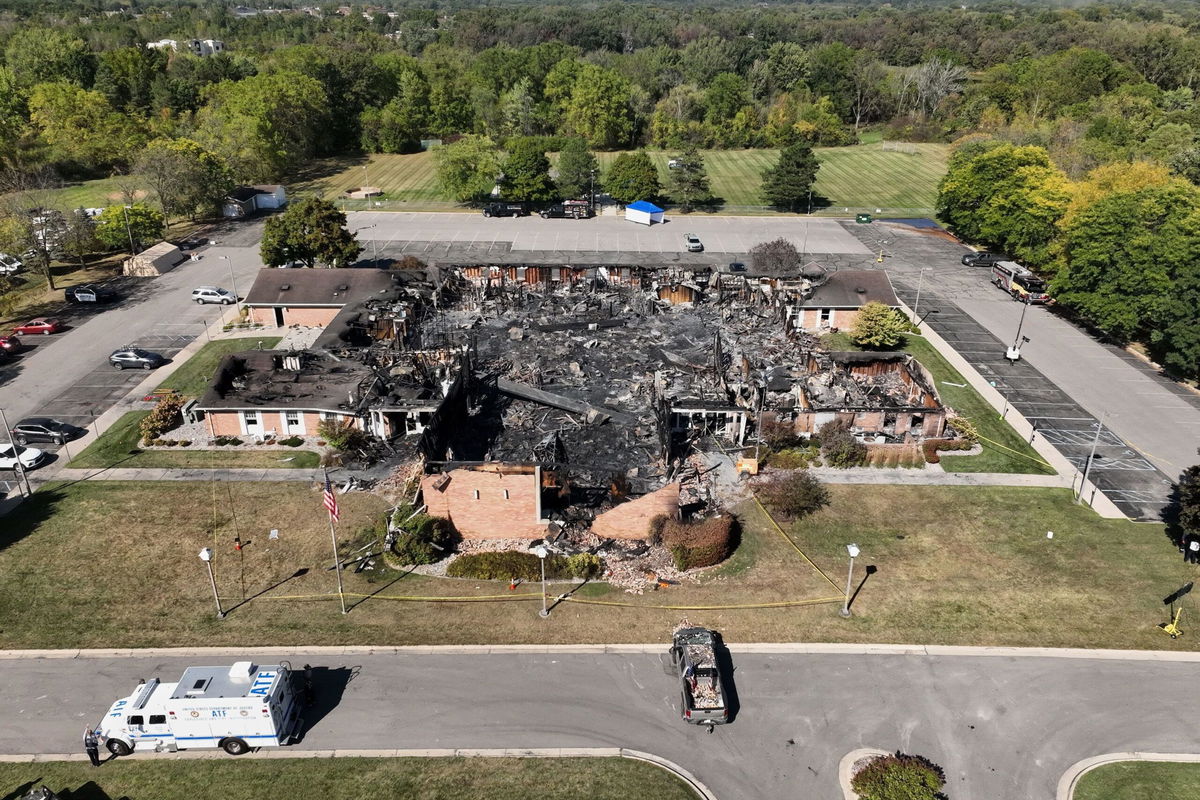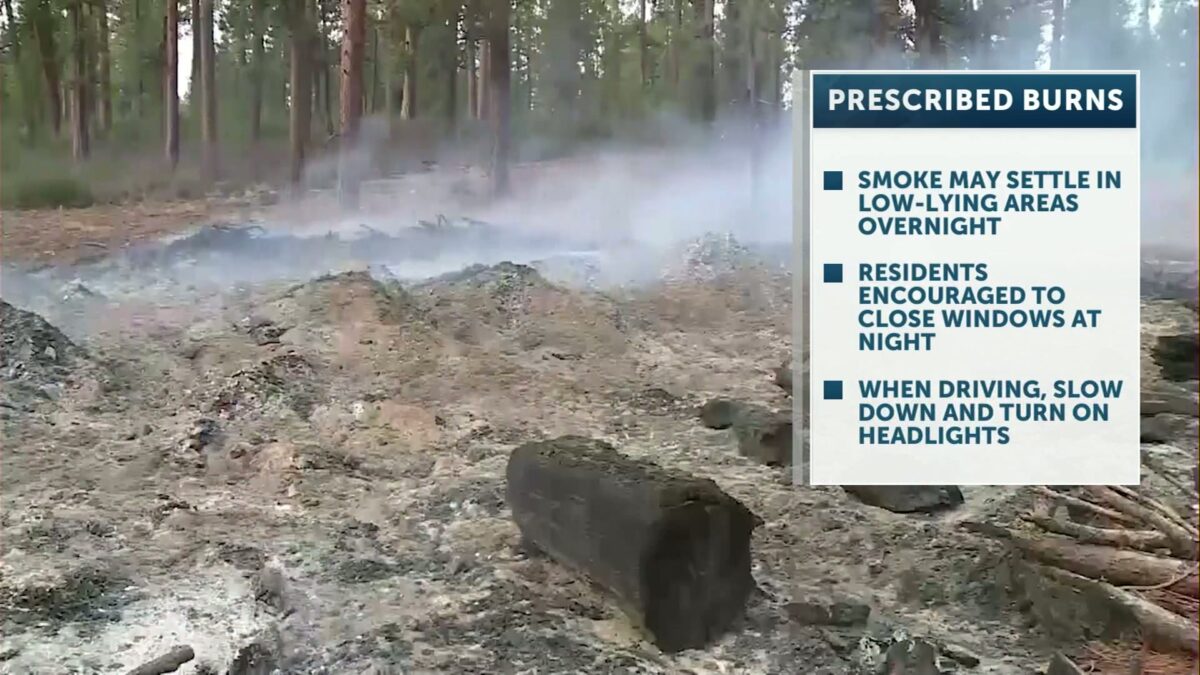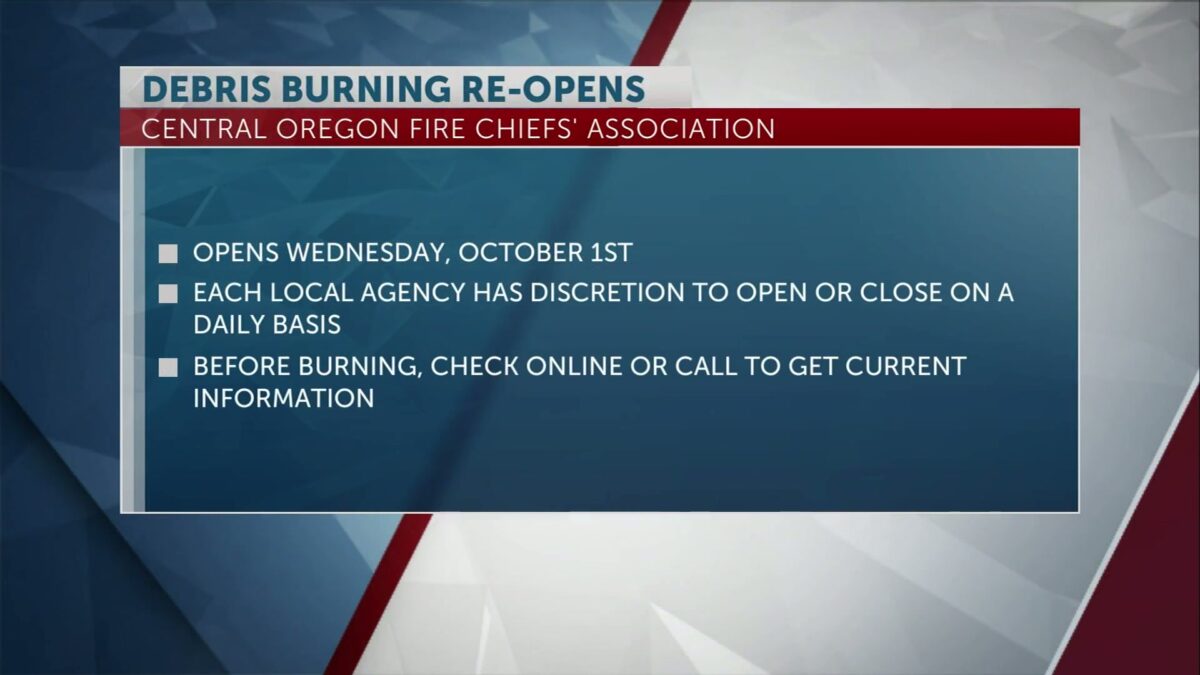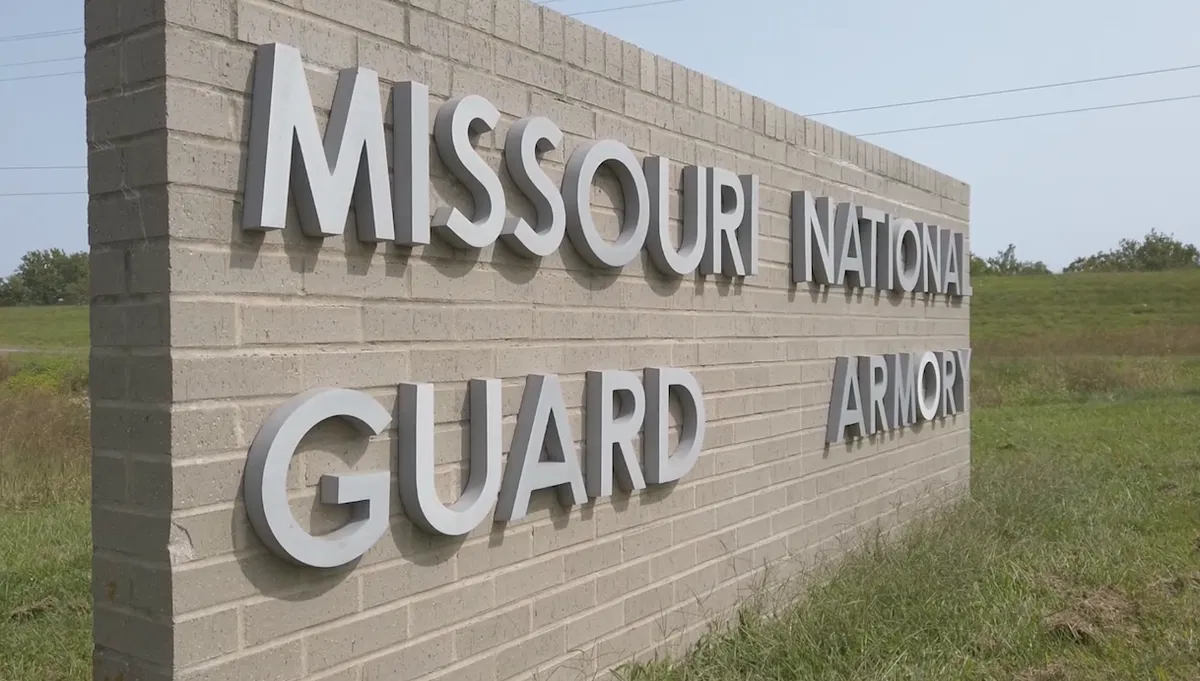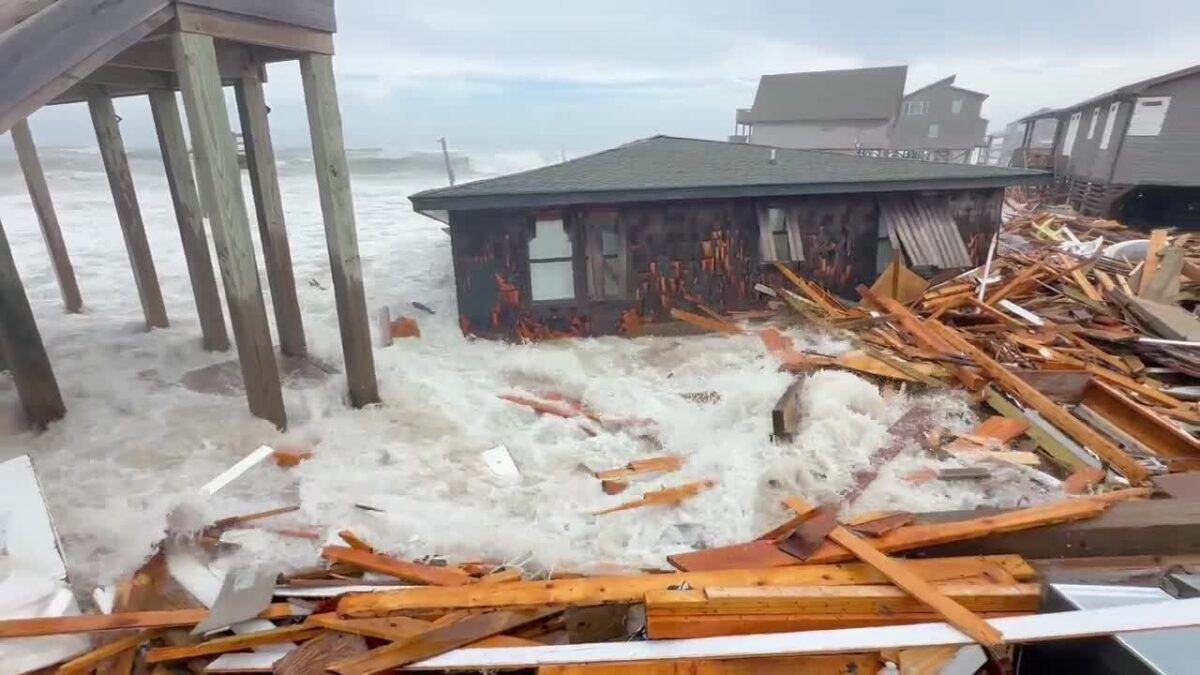CNN
CNN, WDIV, FOX NEWS, JULIE J , @MALKOWSKI6APRIL, FACEBOOK, Julie J / @Malkowski6April
By Zoe Sottile, Chris Boyette, CNN
(CNN) — Two days after a devastating attack on a Church of Jesus Christ of Latter-day Saints shattered a small Michigan community, investigators are combing the wreckage of the burned-out chapel for clues that might help them make sense of what the FBI says may be a “targeted act of violence.”
The attacker, an Iraq war veteran who had made disparaging comments about the LDS faith in the weeks before unleashing bullets and fire on its adherents, drove his car into the chapel, where he opened fire and set ablaze the building where improvised explosive devices later were found. He was killed in a police shootout.
Four people were killed, and eight were wounded by gunfire, the Grand Blanc Township police chief said Monday, adding all are expected to recover. Three others suffered smoke inhalation, a Henry Ford Genesys Hospital official said.
It could have been worse had it not been for the heroic response, authorities said. Here’s what we know about the latest attack on a place of worship in the United States.
Attacked during the Sunday service
Congregants had gathered at the Grand Blanc church on McCandlish Road, a quiet stretch dotted with houses near a sprawling golf course and lake, for the 10 a.m. service. It was a monthly “fast Sunday,” when LDS members around the world are encouraged to forgo two meals and donate the food, or the money they would have spent on food, to the poor.
Worshippers by late morning had finished the Sacrament – the first half of the two-hour service, after which some congregants leave – when “we heard a big bang, and the doors flew open,” a churchgoer named Paula told CNN affiliate WXYZ.
The attacker had rammed his four-door pickup truck into the front of the chapel. Then, he fired several rounds from an assault weapon at worshippers before somehow setting the building on fire, police said, sending huge plumes of black smoke billowing into the sky.
Congregants shielded children and helped them move to safety, said Grand Blanc Township Police Chief William Renye.
And medical residents attending the service jumped into action, acting as first responders to help the wounded. Striking nurses from a nearby hospital also left the picket line and ran to the church to try to help.
“Those on the scene were absolute heroes – going in and out of the fire to drag people out, helping each other take care of the victims on the scene,” said Dr. Michael Danic, medical chief of staff at Henry Ford Genesys Hospital.
The mass shooting and fire could have been deadlier if not for the bravery of those who risked their lives to save others, Danic said.
Police were on the scene less than a minute after the first 911 call, Renye said. Sanford was killed in the parking lot eight minutes after police arrived.
The FBI is leading the investigation.
Shooter was Iraq veteran who disparaged LDS church
The man police say committed the attack, Thomas Sanford, 40, had served in the Marines and worked as a mechanic in Operation Iraqi Freedom.
An avid hunter who grew up in Flint, Sanford was known in the small Michigan town of Burton for his distinctive pickup truck, which he often drove with two American flags flying from the bed behind him. It seems to be the same truck he used to ram into the church.
Sanford was married and had a young son born with a rare genetic disorder, social media accounts linked to Sanford’s family show. The family launched a GoFundMe campaign to fundraise for treatment for the child’s Congenital Hyperinsulinism, which required a lengthy hospital stay and surgeries to remove portions of the pancreas, according to a family Facebook page documenting the difficult journey.
Sanford was a “fun-loving family guy,” longtime friend Kara Pattison told CNN affiliate WDIV Local 4. But he also “harbored unkind feelings toward certain groups” and “definitely talked about groups of people in ways that weren’t acceptable,” Pattison said.
That included openly declaring his hatred for the LDS church.
“He had the need to express and let us know, ‘Hey, Mormons are bad, Mormons are the antichrist,’” said Peter Tersigni, who had known Sanford since their school days and is still a close family friend.
After that relationship ended and Sanford moved back to his native Michigan, he often would discuss his hatred for the LDS church, especially after drinking and even at Tersigni’s wedding, the friend said.
Sanford had a relationship with a woman in the LDS church while he lived briefly in Utah, Tersigni said, adding Sanford heavily abused drugs at the time.
“It didn’t go down a good path,” he said.
Sanford did not share any deeply held political beliefs with his friend, Tersigni said, adding he didn’t believe Sunday’s attack was politically motivated.
Kris Johns, a city council candidate in Burton, met Sanford on the campaign trail about a week before the attack, he told CNN. Sanford asked him two questions: “What are your thoughts on guns?” and “What are your thoughts on Mormons?”
Johns could sense “long-standing anger” from Sanford about the LDS church, he said. “It was a person who really had an animus towards the LDS church.”
Sanford was “an individual who hated people of the Mormon faith,” White House Press Secretary Karoline Leavitt told Fox News on Monday without further explanation.
Sanford is registered to vote in Michigan, which does not have partisan voter registration. A “Trump Vance” campaign sign was on his home’s fence in June, a Google Street View photo shows, and he once wore a Trump shirt, a social media photo from 2019 shows.
In a statement Tuesday, Sanford’s extended family said they were devastated by what he did and do not know what his motive was.
“None of us can make sense of why he would do something so horrifying,” the statement obtained by CNN affiliate WDIV said. “We don’t have answers, and we are waiting on investigators to finish their work. Even then, we know nothing will make this right.”
Victims suffered gunshot wounds and smoke inhalation
A grandfather and Navy veteran was among those shot and killed. John Bond was “a well known and loved member of his family and active in his community,” who loved spending time with his grandkids, a GoFundMe created by his family said.
The family of Craig Hayden says he died helping another person during the chaos, according to a verified GoFundMe.
“My father-in-law lost his life helping another in the shooting at the Church of Jesus Christ of Latter-Day Saints in Grand Blanc, Michigan,” the fundraiser reads. “We are raising money to help support his wife of over 50 years get through the bills and living expenses she will now be facing alone.”
Other victims of the attack, including children, have not been publicly identified.
Henry Ford Genesys Hospital received eight patients, ages 6 to 78. Five – including one who died – had gunshot wounds, while three suffered smoke inhalation, said Danic, the hospital’s medical chief of staff.
One shooting victim was in critical condition Monday with bullet wounds to the chest and abdomen, while another was in critical condition with gunshot wounds to the abdomen, he said. Another man was shot in the leg. And a child who was shot was stabilized and transferred, Danic said.
One smoke inhalation patient at Henry Ford Genesys was still intubated Monday while two had been discharged, Danic said.
“I feel so bad about the families that were affected by this, aside from ours,” Sanford’s father, Tom, told CNN affiliate WXYZ. “We are beside ourselves.”
CNN has reached out to the shooter’s father for comment.
Explosive devices found as FBI leads probe
It’s unclear how Sanford set off the massive inferno that consumed the church. Police believe he used an accelerant, like gasoline, said James Deir, special agent in charge of the Detroit field division of the Bureau of Alcohol, Tobacco, Firearms and Explosives.
Improvised explosive devices were found at the scene after the fire was extinguished, Deir said.
Investigators are working to catalog evidence from the ruins of the church and interviewing dozens of victims and witnesses, with the help of victim specialists, child advocates, forensic interviewers and local partners, according to FBI acting special agent in charge Reuben Coleman.
They’re getting help from a “world-renowned” specialized rapid response team from ATF that has helped in high-profile crisis investigations, including the 9/11 World Trade Center attack and the Oklahoma City bombing in 1995.
Such a team can include explosives specialists, bomb technicians, forensic chemists and canine handlers.
“They have been used all over the world, and they come from places as far as California, Hawaii, and they’re here in Michigan now,” Deir said.
The investigation includes a deep dive into the attacker’s possible motive, involving dozens of law enforcement personnel across Michigan.
Cyber specialists for the FBI, also known as CART teams, are working to process all digital evidence related to the case, FBI Detroit said in a update Tuesday night.
FBI CART teams assist in exploiting computers, cell phones, and other electronic media for evidence that might assist criminal investigators. These experts use highly sophisticated tools that can often even recover data someone has attempted to delete.
As the work continues, this “evil act” shouldn’t define the community, the police chief said.
“This is not Grand Blanc. This does not define Grand Blanc and who we are,” Renye said in a news conference. “We are a community, and I am confident that together we’re going to build a stronger community due to this incident.”
The-CNN-Wire™ & © 2025 Cable News Network, Inc., a Warner Bros. Discovery Company. All rights reserved.
CNN’s Anastasios Stefanidis, Jillian Sykes, Danya Gainor, Holly Yan, Josh Campbell, Elizabeth Wolfe, Leigh Waldman, Majlie de Puy Kamp, Sara Smart and Lily Hautau contributed to this report.
Click here to follow the original article.

